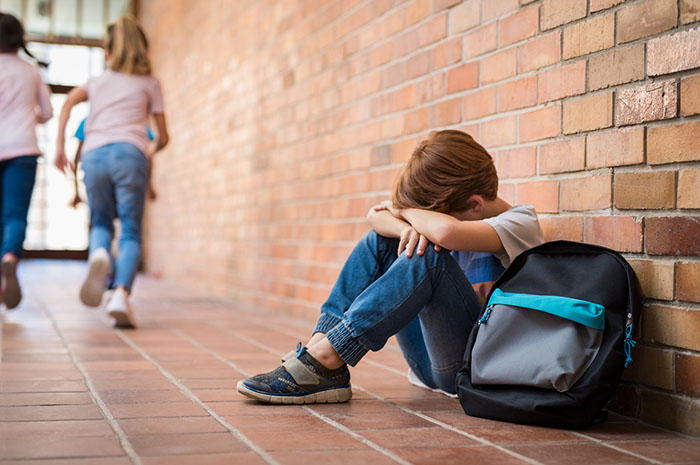
Bullying is unwanted aggressive behaviour among school aged children that involves a real or perceived power imbalance. The behaviour is repeated, or has the potential to be repeated, over time. The person who bullies has more power than the person who is targeted.
It is also a mistreatment intentionally, hurtfully in terms of physically or psychologically causing isolation, fear, depression, display high level of emotions, indicate vulnerability and low level of resilience. There are many types of bullying within this board definition. The essence of Physical Bullying which involved aggressiveness such as kicking, hitting, elbowing, shoving that includes damaging or defacing a person’s belongings or property.
Verbal Bullying often relates to mistreatment of communication, name-calling, and labelling, insulting, racist or rude remarks repeatedly to one-self. These two types of bullying has become norms in the school that could be concluded as Social Bullying. The least common occurrence in school setting, Cyber Bullying which involves usage of information technology to repeatedly harm or harass others. Publishing any materials of severely defaming and humiliating.
Strategies for students with mild special needs against Bullying.
Bullying is a major issue that creates an unpleasant climate for the children which requires the immediate attention of the care takers. It is a significant advantage for the therapists or adults to be aware and thus, an implementation of an appropriate measures should be taken to ameliorate negative effects of bullying. There are many variations of strategies and interventions.
Review on Identifying Bullying issues:
Therapists or Parents could first begin to assess the child. To which they will educate the child in identifying bullying issue addressed to the adult; what is the type of bullying. Child is to provide detailed information on the issue (what, where, who, why and how).
Intervention Strategies: Social Stories/ Role Play/ Video Modelling:
Once sufficient data collected and assessment, therapists could customised an intervention of Social Stories, Role Play or Video Modelling. Social Story is a platform for child to reflect on actions taken, a guide to provide child with steps to handle situations and helping child in controlling emotions and feelings. Role Play with child of how they could better deal with different scenarios of bullying. Video Modelling is an excellent visual learning guidance for children to better understand the issue and deal with it.
Review and Reflection Activity
Therapists can provide the suitable Reflection Activity based on each cases. Reflection Activity is to help child in identifying emotions involved and a clearer perspectives of managing the case. It can be completed at home and submitted to relevant adult. In addition, Reflection Activity are best customised depending on the case, by the therapist.
References and Sources:
Allan L. Beane, PH.D., (2011) The NEW BULLY FREE CLASSROOM, Facts of Bullying, What is Bullying (pg4-5)
What is Bullying from (http://www.stopbullying.gov)





